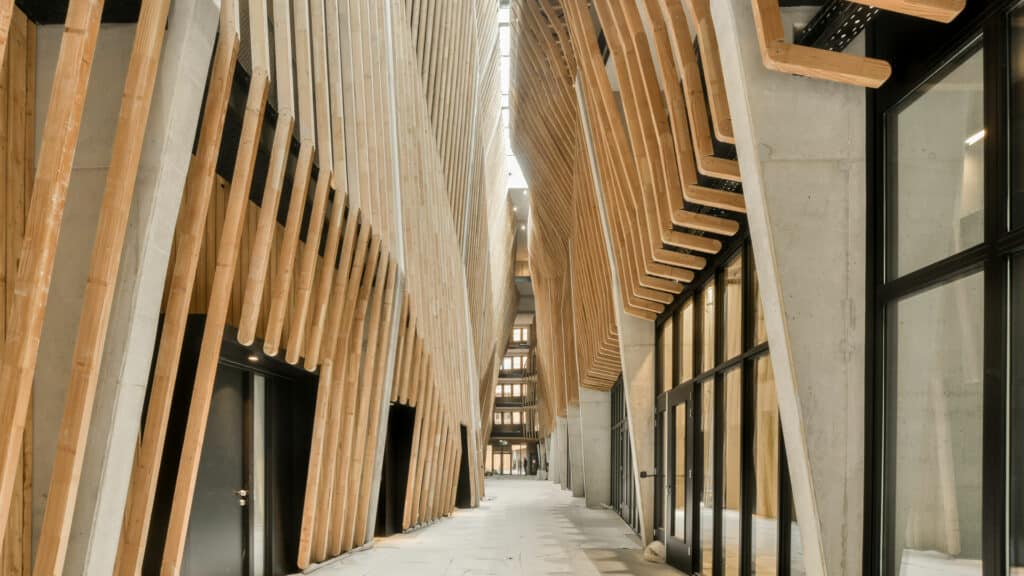Achieving sustainability and carbon neutrality is no longer a mere option but necessary in the construction sector. “How to Futureproof Your Business: Achieve Carbon Neutrality with BIM” is a comprehensive guide that explores BIM’s transformative potential in managing and reducing construction projects’ carbon footprint.
Solibri commissioned me to write this guidebook to give practical advice on how BIM, coupled with Solibri’s advanced tools, can futureproof your business. Solibri, the company that just turned 25, is a leader in BIM Quality Assurance and Quality Control.
BIM: A Game Changer in Carbon Management
BIM is a critical technology in the drive toward sustainable construction. Unlike traditional methods, BIM integrates and manages data throughout the project lifecycle, facilitating better decision-making and efficiency.
It encompasses various dimensions, including 3D geometric representation, 4D time-based simulations, 5D cost analysis, and 6D sustainability data. By integrating these dimensions, BIM offers a holistic design, construction, and facility management approach, making it an indispensable tool for carbon emission management.
The book highlights BIM’s role in addressing operational and embodied carbon emissions. Operational emissions arise during the building’s usage phase, while embodied emissions are associated with materials and construction processes. BIM’s ability to capture detailed data about materials and construction processes makes it invaluable for assessing and reducing embodied carbon.
Solibri Elevates BIM’s Capabilities
Solibri’s suite of tools, particularly the Carbon Checker, enhances BIM’s capabilities by providing precise carbon footprint calculations. The tool integrates seamlessly with BIM models to evaluate the carbon emissions of different materials and construction processes. It leverages climate databases such as the Finnish SYKE and the Swedish Boverket.
With Solibri, BIM managers and coordinators can easily map building materials to corresponding carbon data, providing insights into the environmental impact of design choices. This functionality is crucial during the early design phases, allowing for exploring alternative materials and construction methods to minimize carbon emissions.
Implementing BIM-Based Carbon Management
The guidebook offers practical advice on implementing BIM-based carbon management. It outlines incorporating carbon data into BIM models and using Solibri’s tools. The step-by-step process includes loading IFC models, selecting appropriate carbon databases, mapping building materials, and generating carbon emission reports.
Solibri’s Carbon Checker simplifies the traditionally complex process of carbon footprint calculation. It makes the process accessible even to those without deep Life Cycle Assessment (LCA) expertise.
Future Trends and Opportunities
The guidebook also explores future trends and opportunities in the construction industry. As the industry moves towards greater sustainability, leveraging BIM technologies will be critical for businesses aiming to remain competitive and compliant with evolving regulations.
“How to Futureproof Your Business: Achieve Carbon Neutrality with BIM” is an essential resource for construction professionals seeking to enhance their sustainability practices.
Get your free copy at Solibri.com.


